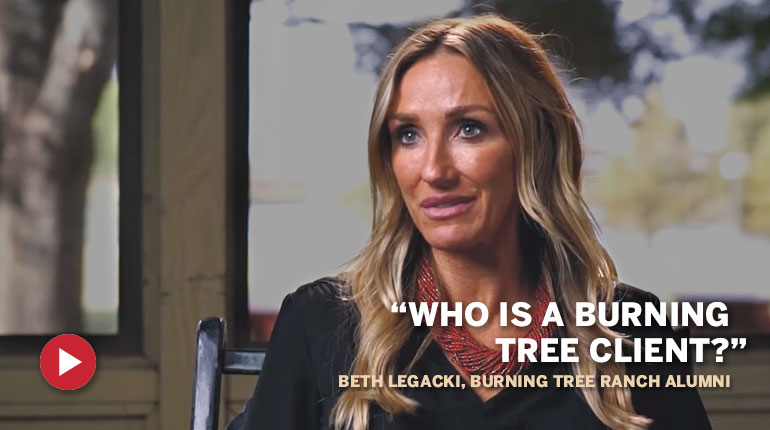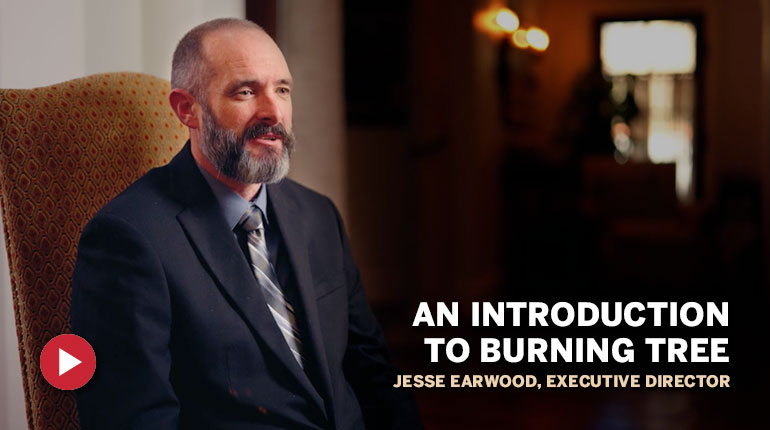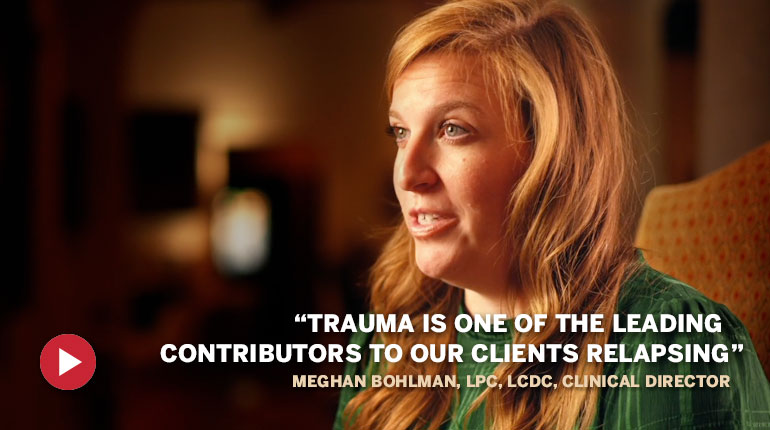The Relationship Between Trauma & Addiction: Perspective from Meghan Bohlman, Clinical Director of Burning Tree Ranch
Video Summary:
Meghan Bohlman, LPC, LCDC, and Clinical Director of Burning Tree Ranch, explains our unique approach to addressing trauma in addiction treatment. Recognizing trauma as a major contributor to relapse, we integrate trauma work into the recovery process using the benefit of time afforded in a long-term treatment setting.
Bohlman notes that timing trauma work is very important, as engaging in trauma treatment prematurely can be counterproductive. Instead, trauma-focused therapies are introduced gradually, beginning with equine therapy in the early stages of treatment, together with total immersion in the twelve-step process.
As treatment progresses, clients learn to manage trauma symptoms more effectively, enabling them to engage more fully in their recovery and daily life.
Read: Video Transcript
[Video opens with Meghan Bohlman, Clinical Director of Burning Tree Ranch]
Trauma is one of the leading contributors in our clients relapsing in their history. If it’s addressed too early, it can lead to clients leaving treatment against staff advice or against medical advice, and it can also lead to further trauma.
We are not invested in creating a situation where clients are so hyper-aroused that they have to move; really, where it’s fight or flight, and so we don’t start that process until a little bit later on, you know, maybe the first quarter worth of treatment.
Equine therapy is one of the first things that we roll out. It helps clients practice on being aware. What I get to see is clients being more present, they start to have a better awareness around what’s actually happening inside of their body with their emotions and their anxiety symptoms, trauma symptoms.
They learn how to grow their distress tolerance. And so clients become more engaged. They grow deeper bonds with their peers throughout that process. And then they are able to kind of see how they show up within their community, and how they’ve shown up in their life, it plays out within the equine therapy process. It’s really cool to see.
We get them fully immersed with the twelve steps with a sponsor and we’re working on life story, or different assignments in treatment, to really get them grounded. We’re not really going in full-depth about a full trauma timeline, or anything like that. We are fully immersing them in the twelve steps and what is happening right here, right now.
Clients get to have some freedom from trauma. It’s not something that they carry around with them all day long. My experience with clients who’ve gone through trauma work, they are able to maybe experience something that might be uncomfortable for them, but then also still be able to engage in life. Whereas prior, when they experience something uncomfortable, it’s taken them out for the whole day, or maybe a few days.
So I’ve seen clients be able to engage in the program of the twelve steps, engage in their clinical treatment, much more presently and much more successfully once that’s been treated.





